The Hadzabe Tribe, life in the Tanzanian Bush!
Nestled around the picturesque Lake Eyasi region of Tanzania, the Hadzabe tribe stands as a testament to ancient traditions and a unique way of life. Believed to have origins tracing back to the ancient Zinjanthropus rather than being part of the Koisan from South Africa, recent DNA studies have shed new light on the tribe's lineage, showcasing their distinct heritage.
One of the fascinating aspects of the Hadzabe culture is their language, characterized by deep tongue clicking—a complex and expressive form of communication that sets them apart from neighboring groups. Their way of speaking reflects a deep connection to their surroundings, embodying centuries of shared history and cultural identity.
Survival in the harsh Tanzanian bush is central to the Hadzabe way of life, and their diet reflects this. They rely on a varied menu of wildlife meat, wild tubers, honey, and fruits gathered from the surrounding wilderness. This diet not only sustains them physically but also forms an integral part of their cultural and spiritual identity.
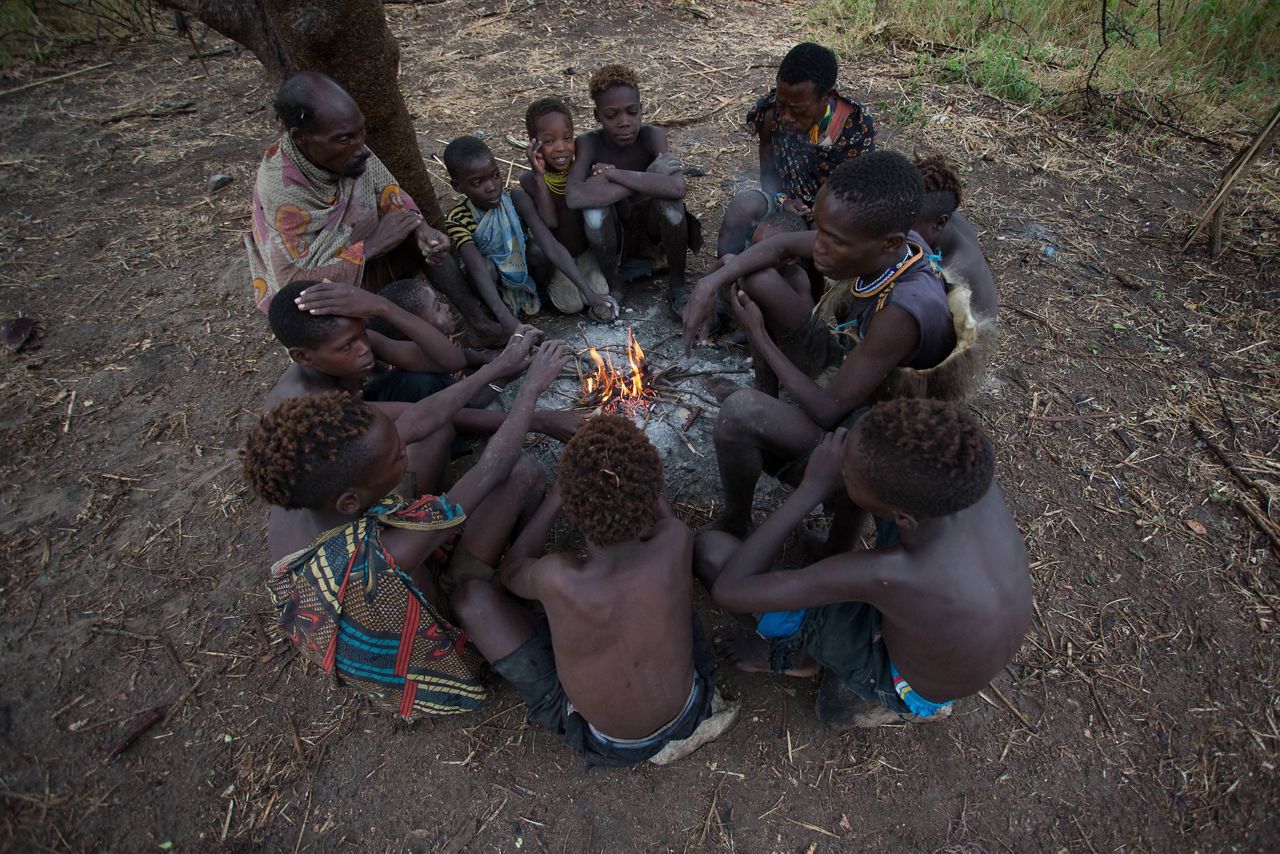
Marriage customs among the Hadzabe are unique; they practice temporary walking marriages. This flexible arrangement allows individuals to form partnerships that suit their needs and circumstances, reflecting the tribe's pragmatic approach to relationships within their close-knit community.
The Hadzabe population is relatively small, numbering between 1000 to 1300 individuals. This tight-knit community fosters a strong sense of unity and shared purpose, essential for their survival in a challenging environment
Their dwellings, made from dried grass and twigs, provide shelter from the elements while remaining in harmony with the natural surroundings. These simple yet effective structures underscore the tribe's deep understanding of their environment and the resources it provides.
For hunting and defense, the Hadzabe rely on traditional weapons such as the bow and arrow. Mastering these tools is essential for survival, enabling them to procure food and protect their community from potential threats.
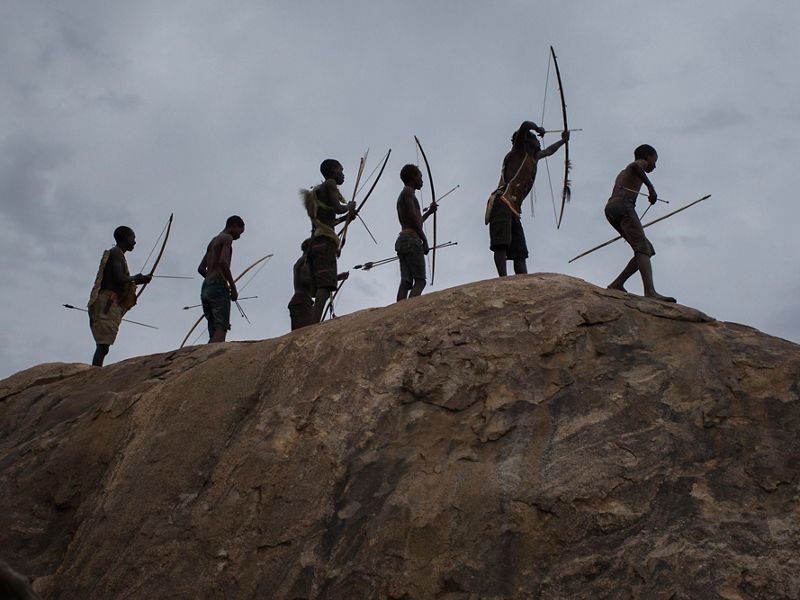
In terms of clothing, the Hadzabe utilize wild animal skins fashioned into garments that provide both protection and warmth. This resourceful use of natural materials exemplifies their ingenuity in adapting to their environment
One of the most intriguing aspects of Hadzabe culture is their use of poison-tipped arrows derived from the wild rose tree. This lethal concoction aids in hunting but must be handled with caution. Interestingly, the antidote to this poison is derived from wild sisal, highlighting the tribe's deep knowledge of local flora and fauna
The arrows crafted by the Hadza tribe serve as essential tools for hunting, each designed with a specific purpose to target different animals within their natural environment. These arrows are not only meticulously crafted but also tailored to maximize efficiency in bringing down prey for sustenance
Interestingly, the ingestion of this poison can have adverse effects on humans, causing diarrhea. However, the danger posed by the poison is significantly mitigated if it is consumed orally by someone without internal wounds or ulcers in the stomach, as the toxin's impact is primarily on the bloodstream rather than the digestive system.
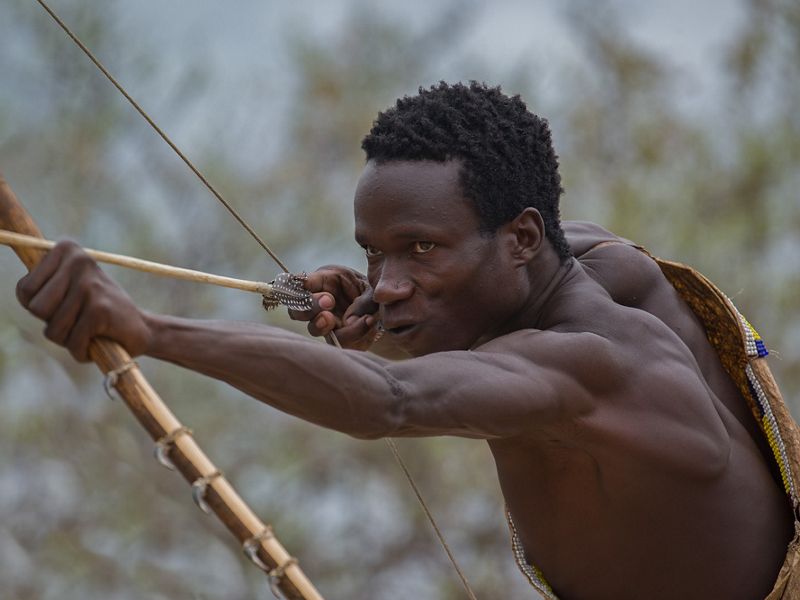
The nuanced understanding of their environment, coupled with the craftsmanship of their weapons, reflects the Hadza's deep connection to the natural world and their resourceful approach to survival. Each arrow and its poison represent not just a tool for hunting but a symbol of the tribe's knowledge, adaptability, and resilience in the face of challenges posed by their environment.
The Hadza tribe's unique way of life extends beyond their hunting techniques and survival skills to encompass intricate trade relationships with neighboring communities like the Datoga tribe. While the Hadza themselves do not engage in blacksmithing, they acquire metal arrowheads from the Datoga, a neighboring group known for their metallurgical expertise.
This exchange of goods is part of a symbiotic relationship between the two tribes. The Datoga, skilled in metalworking, provide the Hadza with essential tools such as arrowheads in exchange for items the Hadza excel in producing, such as hunted meats, honey, and beadwork.
Hunting plays a central role in Hadza culture, not only for sustenance but also for trade. The Datoga value the high-quality meats and other products sourced from the Hadza's hunting expeditions, making these items valuable commodities in the trade network between the two groups.
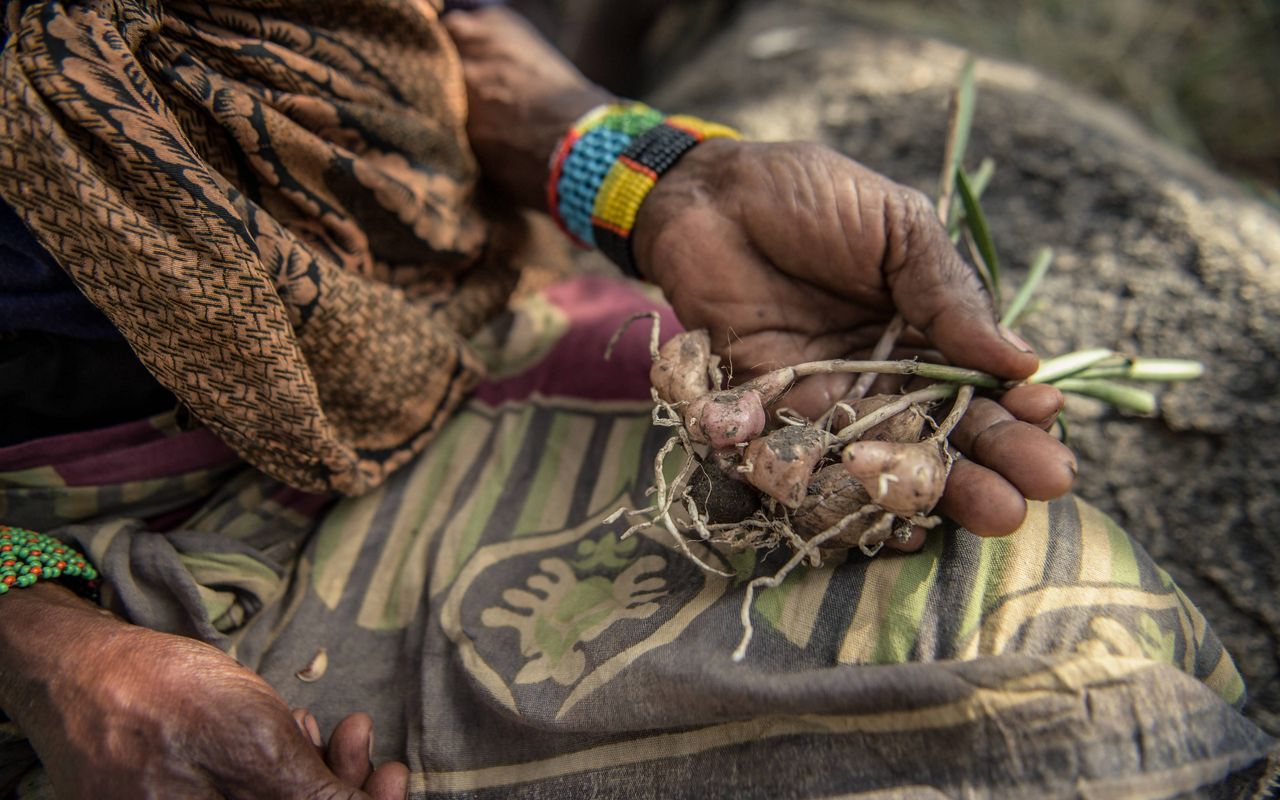
Moreover, the Hadza's craftsmanship extends to intricate beadwork, which holds cultural significance and serves as another valuable trade item. The beads crafted by the Hadza are sought after by neighboring tribes, further enhancing their economic interactions and cultural exchanges
TThis trade system underscores the interconnectedness of different indigenous groups in the region, each contributing unique skills and resources to support and complement one another. It also highlights the Hadza's adaptability and ingenuity in leveraging their natural environment and cultural practices to foster beneficial relationships with neighboring communities.
The Hadza tribe customs and lifestyle, have unique practices when it comes to dowry and the use of certain substances within their community.
In the Hadza tradition, dowry plays a significant role in marriage arrangements. A typical dowry might include items that reflect the tribe's hunting prowess and connection to their environment. For instance, a dowry might consist of a hunted baboon bull and a hunted kudu bull, showcasing the individual's hunting skills and ability to provide for the family. Additionally, a bucket of honey, prized for its nutritional and medicinal value, is often included as part of the dowry, symbolizing prosperity and sweetness in the union.
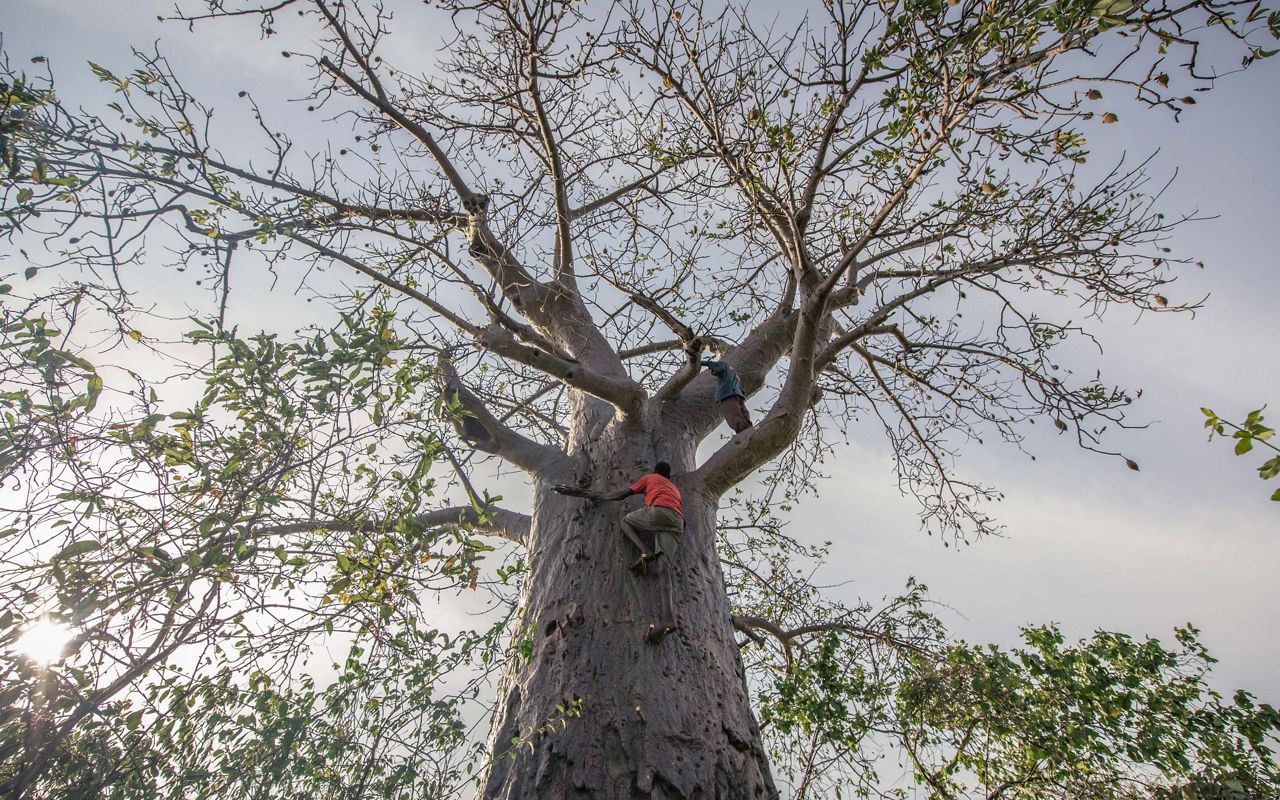
In terms of cultural practices, the use of marijuana as a stimulant is prevalent among the Hadza despite its illegal status under Tanzanian law. The Hadza's relationship with marijuana is complex, rooted in their deep connection to nature and traditional beliefs. While the substance is prohibited by national regulations, authorities often turn a blind eye to its use within the Hadza community, recognizing its cultural significance and the tribe's unique lifestyle
Marijuana, known locally as a stimulant, is sometimes used by the Hadza for its perceived medicinal and spiritual properties. It may play a role in rituals, social gatherings, or everyday life, offering a form of relaxation or enhancing sensory experiences within their natural surroundings
The Hadza's relationship with marijuana reflects their autonomy and self-determination in navigating cultural practices within the confines of broader legal frameworks. It also highlights the challenges faced by indigenous communities in balancing traditional customs with external regulations and societal norms.
Overall, these customs and practices offer insight into the rich tapestry of the Hadza culture, emphasizing their resourcefulness, adaptability, and resilience in preserving age-old traditions amid evolving social and legal landscapes.
 EN
EN CH
CH ES
ES DE
DE RU
RU
 FR
FR
 ET
ET













